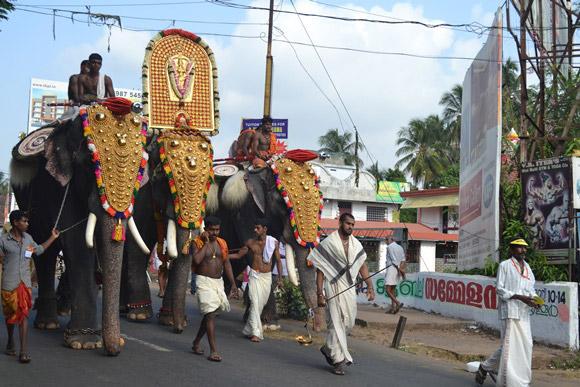
We are blind to those who walk. That's why pavements are the first casualty of street widening to accommodate cars, says Sunita Narain.
Have you ever noticed a footpath? Does it even exist? And if it does, what is its height above the road?
What should be the ideal height that enables pedestrians to walk without the fear of being run over or breaking a leg clambering onto the footpath and, at the same time, doesn't allow cars to park and take over this public space?
Why am I asking these rather pedestrian questions? Because, quite frankly, these are the questions we need to answer.
…
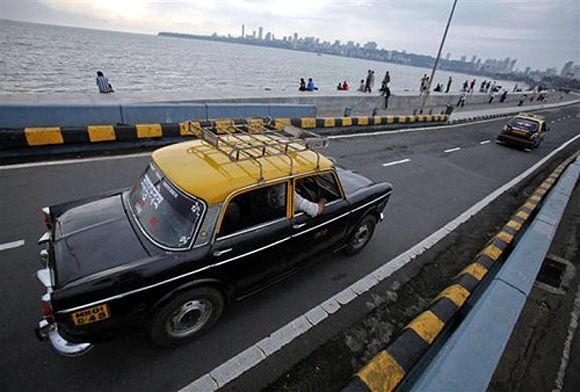
The only way our cities can crawl out of the quagmire of vehicles and pollution is to promote public transport systems at a scale and pace nobody has done or seen.
The fact is our cities, with bumper-to-bumper traffic and dangerous levels of air toxins, have - believe it or not - only just begun to motorise.
People do not move in cars in our cities, even if choked roads give that impression. In Delhi, statistics tell you that roughly 20 per cent of the city owns private cars.
…
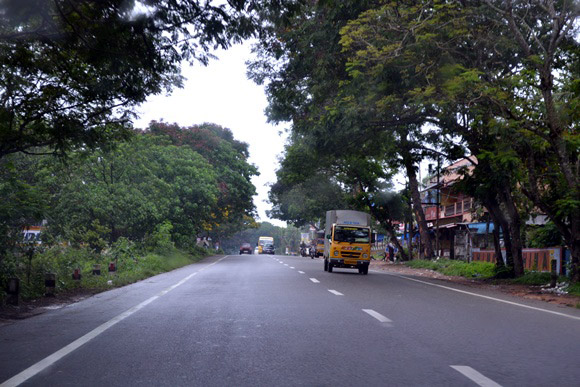
However, only 15 per cent of the city's people drive to work, school or shop. These car users take up 90 per cent or more of the road space, and over 26 per cent of the city's urban land is already under metal.
The situation is the same across the country. Therefore, the only option for our cities is to reinvent mobility so that we do not have to drive - we can ride a bus or a train. The aim should be to use road space efficiently; move people, not vehicles.
This is not possible unless we plan for what is called in transport lingo "last-mile connectivity". Simply put, we will not, or cannot, take a metro train or ride a bus if we cannot get to the station or to our destination with ease.
…
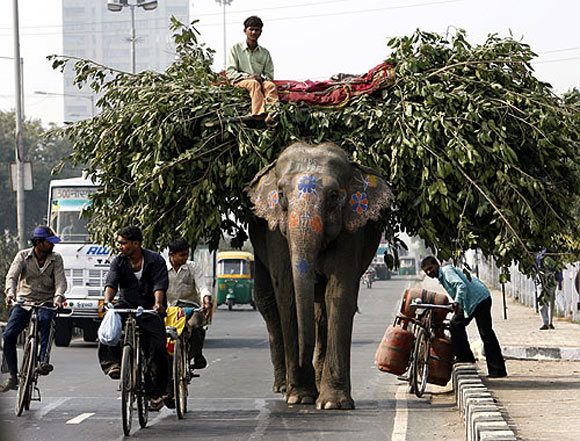
Delhi, for instance, has over 150 kilometres of world-class metro facilities. But how does the commuter get to the station? Buses are not easily available or convenient, and footpaths do not exist. I cannot walk or cross the street. I cannot think public transport will change the face of my city.
That is why we need to think about where we walk.
And the cruel fact is that we don't. A number of people in our cities walk, but they are invisible to planners and a nuisance to car drivers. According to the government's own estimates, roughly 30 per cent of city dwellers across the country commute daily by walking.
In Delhi, a comprehensive 2010 government-sponsored study shows 34 per cent of the daily "person trips" are walk-only. In addition, 27 per cent walk to take a bus, and almost all metro users walk before they can ride.
…
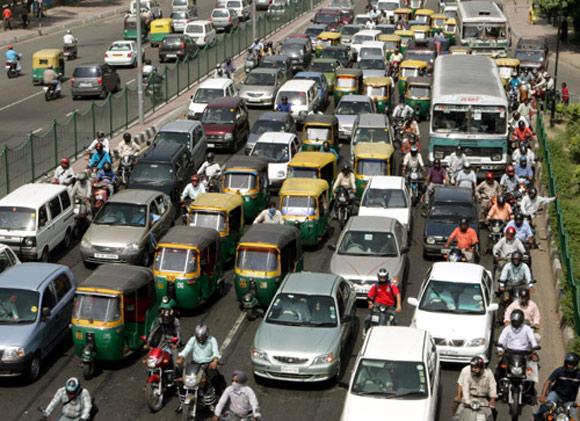
We are blind to those who walk. That's why pavements are the first casualty of street widening to accommodate cars. That is why signal-free roads are the buzz, even if they mean that there is no light to stop vehicles so that people can cross the road. That is why we make bus stops and then put railings on road dividers; people cannot cross safely.
This is not the only problem. It seems we do not even know the right way to build pedestrian-friendly streets. Global practice is to build footpaths at a short height above the road - most cities mandate 150 millimetres - which is easy to use. The width is at least two metres, allowing two people to walk easily.
Our cities do not have specific codes for designing pedestrian-friendly roads. Instead, road engineers use the Indian Roads Congress (IRC) codes for construction. But this association is known for its work in highway design, so till its last revision in 2012 it did not specify the height of the footpath.
…
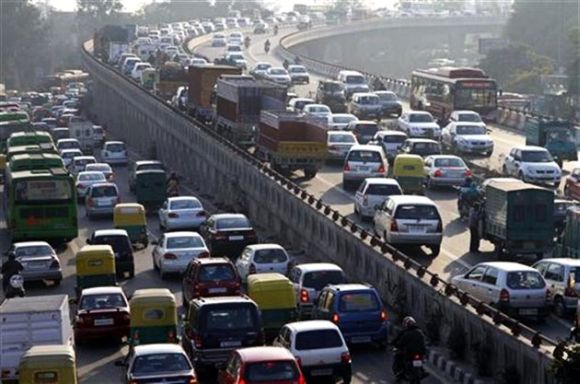
Road engineers had a field day doing whatever it took to make walking un-enjoyable. In Delhi, drains have been covered along the roads to double up as sidewalks. The height is 400-500 millimetres, so one has to jump or climb.
The 2012 IRC code specifies a minimum width of 1.8 metres and a height of 150-250 millimetres. But now new challenges emerge. As cities lower the height, cars climb over pedestrian walkways.
The footpath becomes a free-parking zone. In this way, the vocal minority of car users takes the space reserved for the commuter on two legs. Equity in road space is easy to talk about but hard to enforce.
…
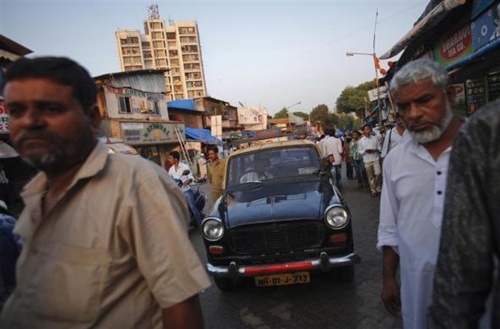
This is now the design dilemma: what should be the height of the footpath? Should we follow international design standards? Or should Indian planners acquiesce to Indian habits and build practically?
The problem is compounded by the fact that the penalty for illegal parking is so little that it does not matter. Cities cannot revise parking fines because these are mandated under the Indian Motor Vehicles Act.
The Bill to increase the deterrence for wrongful or unauthorised parking has been lying with Parliament for the past four years.
Pedestrian questions are not pedestrian after all. Think and look so that we can walk, not drive.